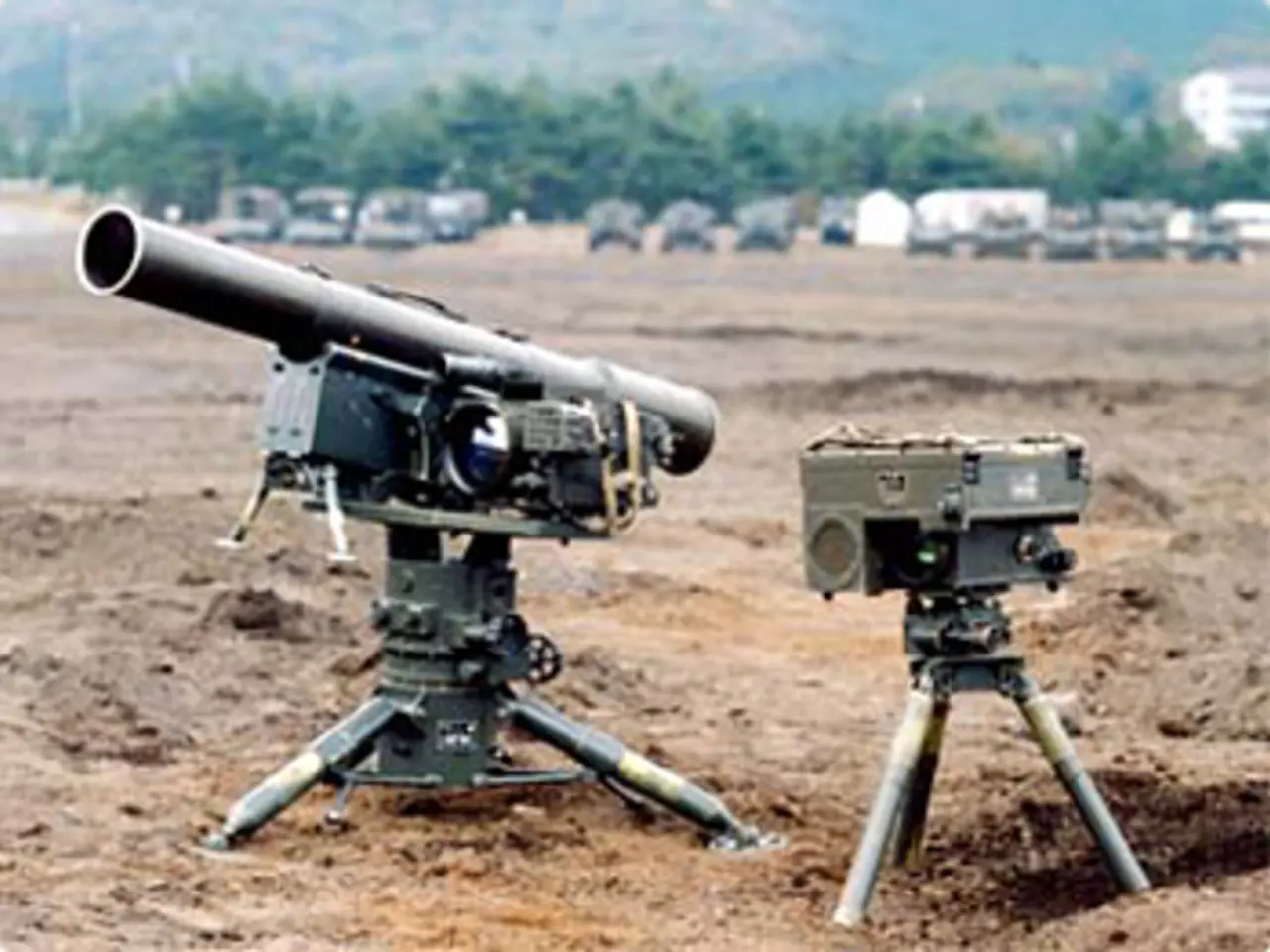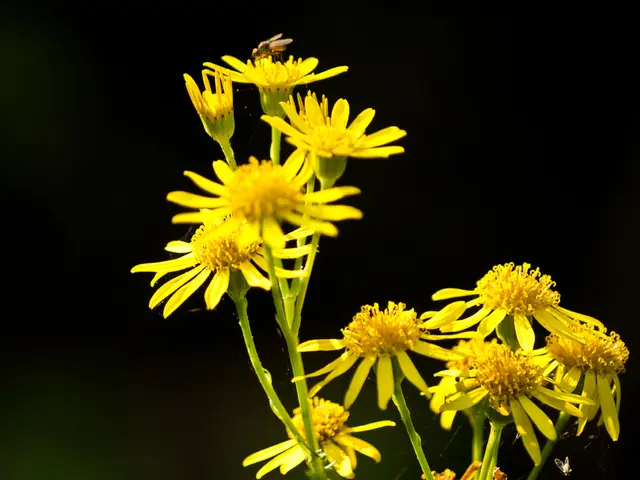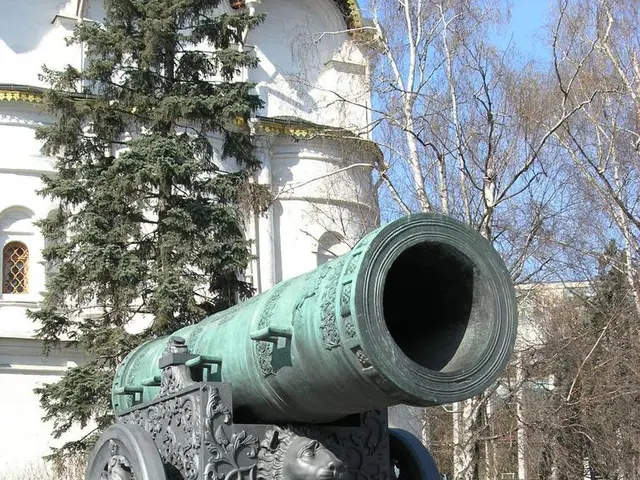Hidden within a secluded nuclear missile facility, buried deep within Lithuania's dense woodlands
In the heart of Žemaitija National Park, near the picturesque town of Plateliai in Lithuania, lies a unique attraction that offers a stark contrast to the natural beauty surrounding it. The Plokštinė Missile Base, once a highly secretive Soviet nuclear missile base, has been transformed into a chilling reminder of the Cold War era.
Constructed between 1960 and 1962, the base housed four underground missile silos, each over 100 feet deep, containing R-12 Dvina medium-range ballistic missiles capable of striking much of Western Europe within 20 minutes. These missiles, with their 2-megaton thermonuclear warheads, were deployed from 1963 to 1978, forming part of a broader Soviet nuclear strike capability in the region.
Today, the base has been repurposed as the Cold War Museum. Although much of the original equipment has been removed or pilfered after the Soviet collapse, visitors can explore the missile launch silo, tunnels, command posts, and other preserved areas. The museum offers audio tours that provide historical context, although the physical remains are relatively minimal compared to the base's operational heyday.
The facility includes subterranean rooms, passages, and a missile silo, all offering a glimpse into the base's past. The entrance to the facility is through a hole in the ground, leading visitors to a world hidden beneath the earth. The museum operates daily, serving as a poignant reminder of Cold War tensions and Lithuania's role in the Soviet nuclear arsenal.
Plokštinė Missile Base is the most-visited attraction in Žemaitija National Park, attracting over 35,000 visitors in 2024 alone. It stands as both a museum and a historical monument reflecting Lithuania’s Cold War history and the lurking dangers of nuclear warfare during that era.
Just a short journey away from the nuclear site is the charming town of Plateliai, home to the Church of Apostles Peter and Paul, an awe-inspiring 18th-century wooden building. The town is also known for its scenic restaurants next to the shore, making it a perfect spot for nature lovers.
For those seeking local delicacies, Žemaičių blynai, or Samogitan pancakes, are the regional food superstars. And don't forget to try Cepelinai, a potato dumpling stuffed with cottage cheese or ground meat, another Lithuanian comfort food.
In Plateliai, visitors can experience the best of both worlds - the eerie remnants of a Cold War nuclear base and the serene beauty of Lithuania's natural landscapes.
Engaging in the historical exploration of Plokštinė Missile Base, one can delve into the realm of environmental-science, learning about the consequences and impacts of the Cold War on the earth's ecosystem. On a lighter note, after an educational day, travelers can venture to Plateliai, where the charm of the Church of Apostles Peter and Paul and the enchanting restaurants by the lake offer a pleasing contrast to the historical site, providing a unique lifestyle experience.




